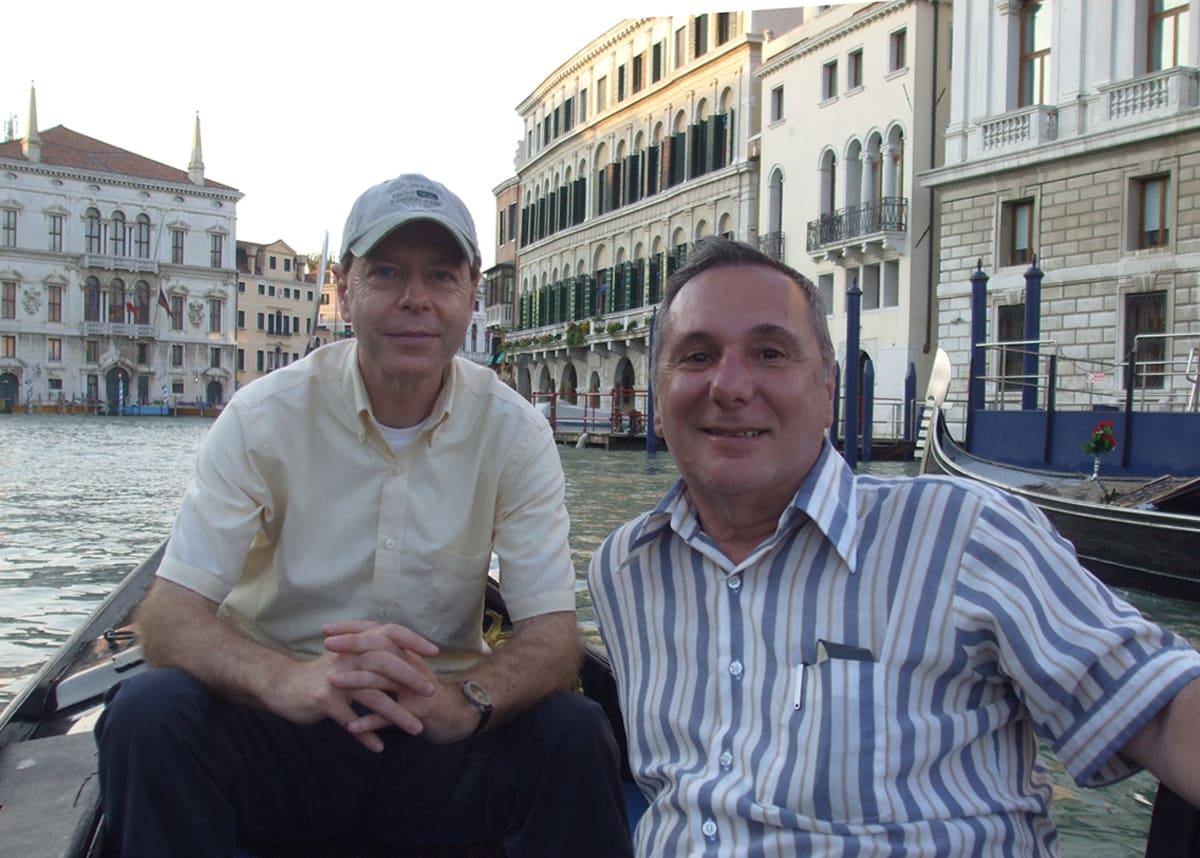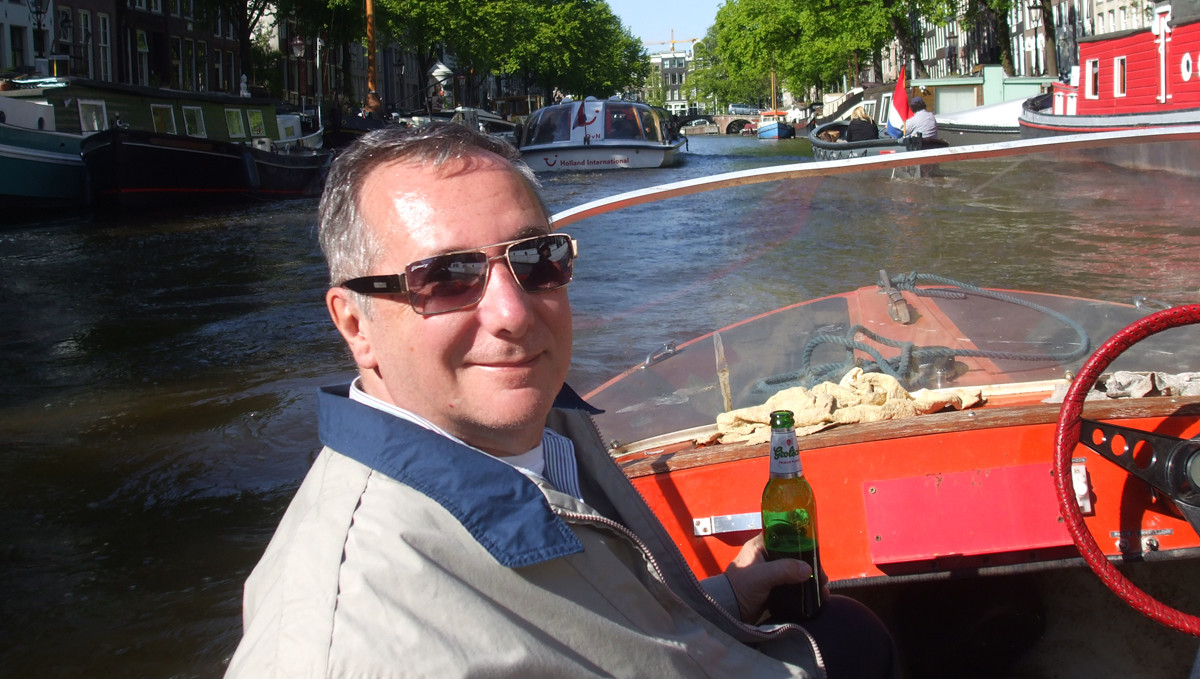Cheers, For Now: The Dominic Lasorsa Excellence Fund
Cheers, For Now: The Dominic Lasorsa Excellence Fund is a permanent endowment to support expenses related to graduate student research in The School of Journalism and Media.
About Dominic
Dominic Louis Lasorsa was born August 18, 1948, in Queens, New York, the eldest of six children. His parents, Louis and Nancy Lasorsa, lived in the same house as his mother’s parents and grandparents, with his father’s parents living across the street, making for a lively Italian family upbringing.
The Lasorsa family later moved to Riverhead, Long Island, where Nick graduated from Mercy High School in 1966 as a Regent Scholarship winner. He attended St. Bonaventure University in upstate New York on scholarships and graduated in 1970, during which time he worked on the staff of the Bona Venture school newspaper. His first real journalism job was as a copy editor/reporter for the Suffolk Sun, Deer Park, New York, during the summer of 1969.
After graduating from college, Nick was drafted and went into the United States Air Force, which stationed him at Lackland Air Force Base in San Antonio, Texas and Goodfellow Air Force Base in San Angelo, Texas. Having learned Russian, he was sent to Fairbanks, Alaska, where he flew eavesdropping missions on Russian military aircraft.
Nick’s journalism career found him working for newspapers in Wichita, Kansas; the Austin American-Statesman (1976-79), where he was local and state news section editor; and Marble Falls, Texas, where he served as editor of the Highlander.
Nick then moved to the academic side of journalism and communication, completing a Master of Arts degree in journalism at The University of Texas at Austin in 1982 and a Ph.D. in communication at Stanford University in 1986. He joined the UT Austin Journalism faculty a few months later. He always had the mind of a researcher, conducting what was likely his first “experiment” in elementary school. A nun told him Holy Water did not evaporate. Young Nick collected tap water in one bowl and Holy Water in another. He then carefully observed the two bowls and made notes that the water in both bowls eventually evaporated. Excited by his discovery he ran to tell his mother, who was horrified.
Dr. Lasorsa retired as Associate Professor from the UT Austin School of Journalism in 2016 after thirty years, having also served as Associate Director and Graduate Advisor.
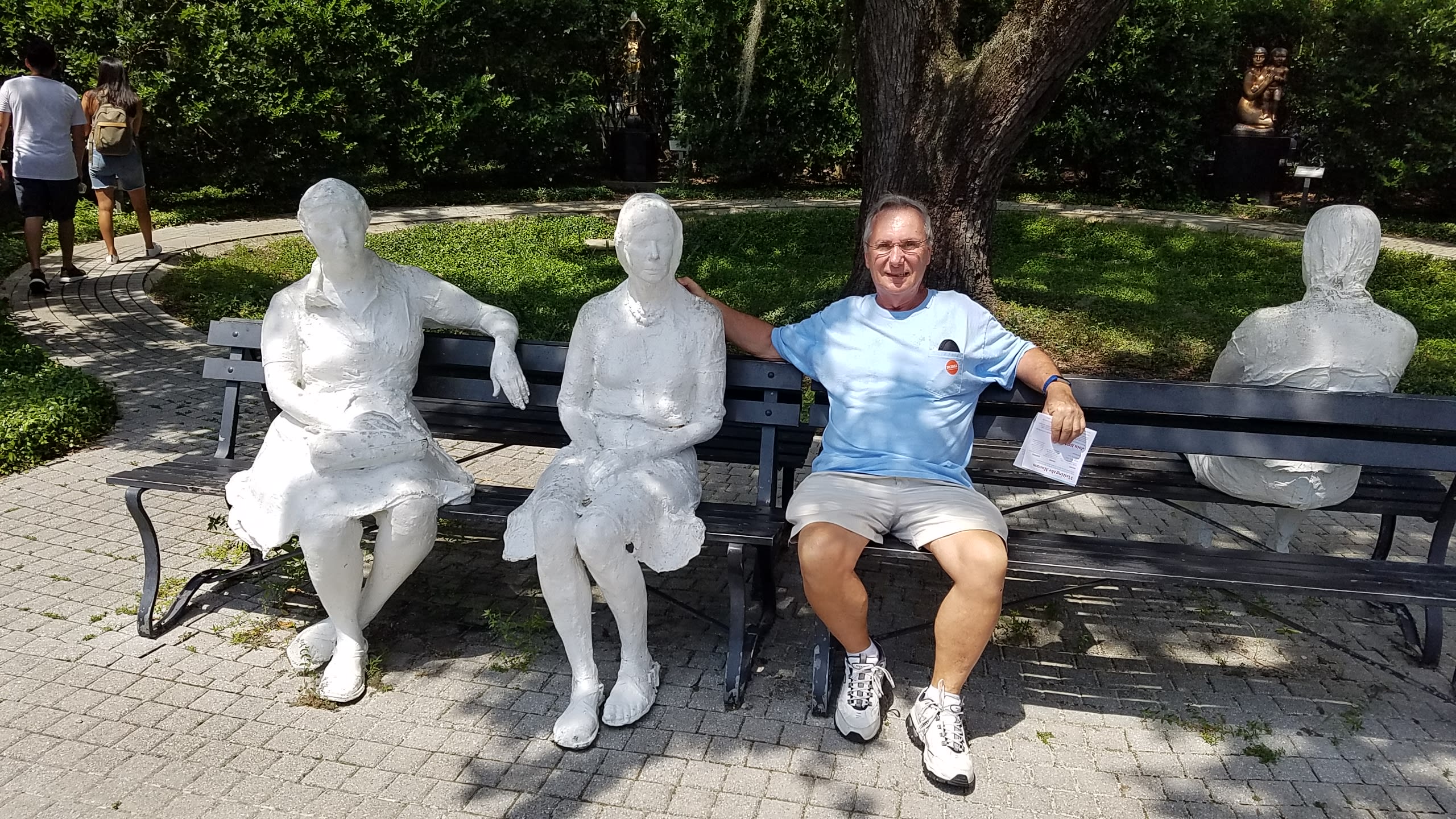
Drawing upon his background as a journalist and editor, Nick was an active scholar who focused on major new developments in journalism and related social problems as social media reshaped mass and public communication. He published numerous pieces that contributed significantly to our understanding of these areas.
In the late twentieth century, the impact of violence on television was a dominant research topic, and Nick was a member of the national TV violence research team coordinated by the University of California, Santa Barbara. Subsequently, shifting his attention to social media, Nick studied Twitter, particularly its role in the dissemination of deceptive information, now commonly referred to as “fake news.” He also examined the role of “citizen journalists,” non-professionals who cover local political and government news and post their stories on blogs, Facebook, Twitter, and other social media. These social media topics are, in turn, related to the public’s use of traditional newspapers versus online news reports, both those disseminated online by professional news organizations and those on social media.
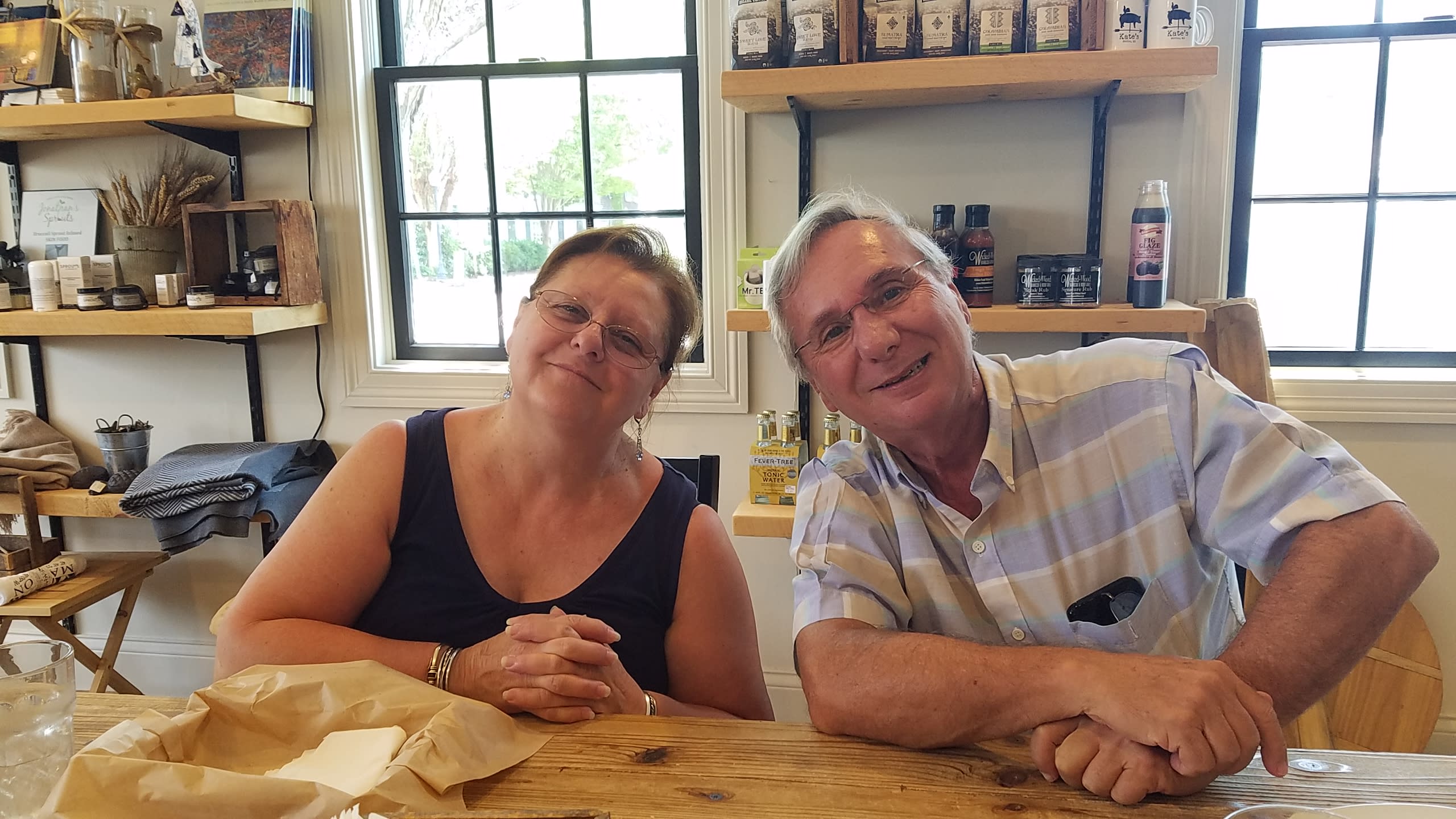
Another major development in newsrooms in recent decades is computer-assisted reporting, the use of government and academic databases as major sources for news stories. Trained in quantitative social science research techniques at Stanford, Nick advanced the use of these techniques and computerized databases in teaching journalism undergraduate majors here at The University of Texas at Austin. Nick and two UT Austin colleagues, Dr. Pamela Shoemaker and Dr. James Tankard, published How to Build Social Science Theories.
Outside of journalism and academia, Nick was an avid fan of nature, travel, gardening, and cooking, among other things. In 1979, he bought a ranch on Lick Creek in the Spicewood area, where he loved camping and watching the stars. He and his husband, Richard Scroggins, made trips to San Francisco; Washington, D.C.; Boston; New York City; San Diego; Eugene and Portland, Oregon; and Los Angeles, and they spent a month in Europe in 2010 visiting the United Kingdom, Amsterdam, Paris, Venice, Florence, Sorrento, and Rome. In 2012, they embarked on the Coast to Coast hike, walking 192 miles across Northern England, from St. Bees on the Irish Sea to Robin Hood’s Bay on the North Sea.
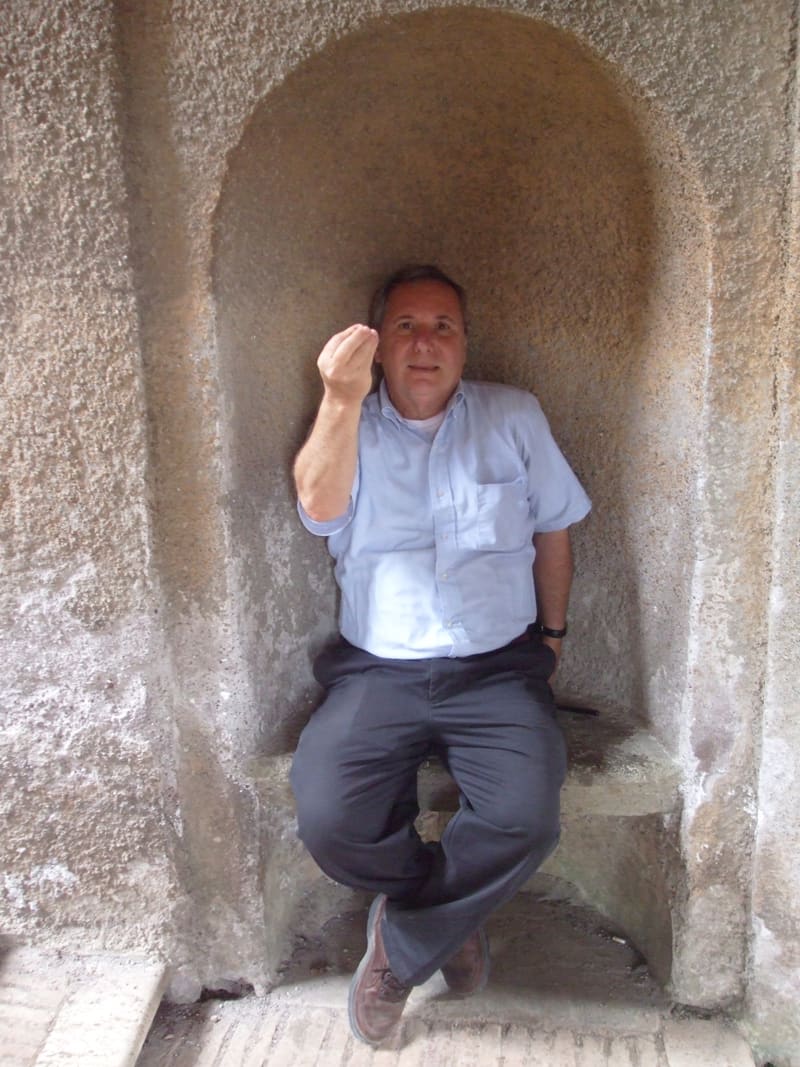
In 2019, they traveled to Big Bend, Galveston, and New Orleans, and spent two-and-a-half weeks in the Cape Cod area with Nick’s sister, MaryAnn. Their last trip, to New Mexico in October 2019, was cut short due to Nick’s sudden illness. He was diagnosed with a rare autoimmune disorder called Sweet’s Syndrome. While convalescing, he came down with pneumonia and died of complications on January 1, 2020.
In sum, Nick was an active scholar who was deeply involved in the evolution of professional journalism with the rise of social media. He is remembered as loving, kind, funny, and thoughtful. He always was more interested in others than himself and genuinely tried to see the best in people. He was a wonderful teacher, a good friend, a good neighbor, and the best partner and husband to Rich. As Nick always signed off on emails: Cheers for now.
